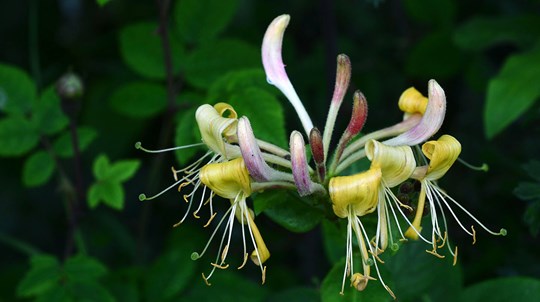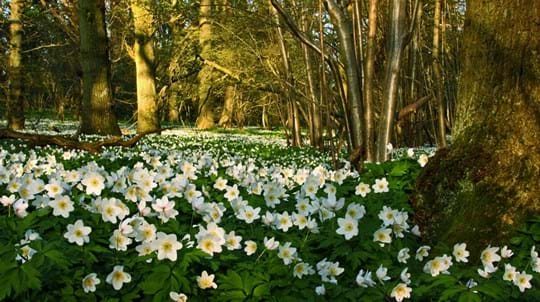
Nature's Calendar
Help monitor the effects of climate change on wildlife near you. Your records contribute to a growing body of evidence on global warming.
Add your wildlife recordings
Citizen science officer
The delicate white blooms of snowdrop (Galanthus nivalis) bring joy to the winter months. They are a sure sign that warmer weather is on the way and a symbol of hope. Find out when you can expect to see these special flowers, the best places to look for them and how your snowdrop sightings could help a long-running science project.
Snowdrops generally flower from January to March, but the exact timing depends on the weather and where you live in the UK. In warmer winters, they have been seen in December and even as early as mid-November, so it’s not too soon to start looking, especially if you live in the south of the UK.
Average snowdrop first flowering date in the UK
Nature’s Calendar 2001-2020 average
Snowdrops grow in many places across the UK. Look for them in parks, gardens, woodland and meadows, and alongside roads and riverbanks.
Here's a selection of our sites where snowdrops are known to grace the woodland floor:
Our citizen science project, Nature’s Calendar, is all about phenology - the study of seasonal changes in plants and animals from year to year. Anyone can volunteer, anywhere in the UK to help us record seasonal changes in their area, including when snowdrops first flower. The data recorded helps us to better understand the effects of climate change and other patterns in the natural environment.
Our volunteers find a local patch of snowdrops and, at least once a week throughout winter and spring, watch as they grow. When the petals have opened just enough to see inside the flower, they record the snowdrop’s ‘first flowering’ date on Nature’s Calendar. The sightings are displayed on a live map, so why not have a look to see if snowdrops have been seen flowering where you live?
Logging these first flowers only takes a few minutes but the data is really valuable - scientists use it to monitor the effects of weather and climate change on UK wildlife. Analysis of Nature’s Calendar snowdrop records has shown a relationship between temperature and when snowdrops start flowering. For every 1°C warmer the average January temperature is, the date of snowdrops first flowering advances by 3 days. And a comparison of Nature’s Calendar snowdrop data with that of the Royal Meteorological Society from 1937-1947 shows that snowdrop flowering is now earlier than in the mid-20th century.
Now you know when and where to spot snowdrops, join Nature’s Calendar to record your sightings – every record is crucial and valid. By taking just a few minutes to share what you see, you'll be adding to years' worth of important data. We couldn't do this work without you!

Help monitor the effects of climate change on wildlife near you. Your records contribute to a growing body of evidence on global warming.
Add your wildlife recordingsIf you enjoyed searching for snowdrops, there are plenty of other early spring flowers to look out for!
You can also download our poster to find out which species to record throughout the year, from beetles and butterflies to fungi and frogspawn.

Trees woods and wildlife
From dazzling bluebells to weird and wonderful orchids, find out which wild flowers you might see on a woodland walk and how to identify them.

Blog
Charlie Mellor • 11 Feb 2021

Blog
Charlotte Varela • 13 May 2025